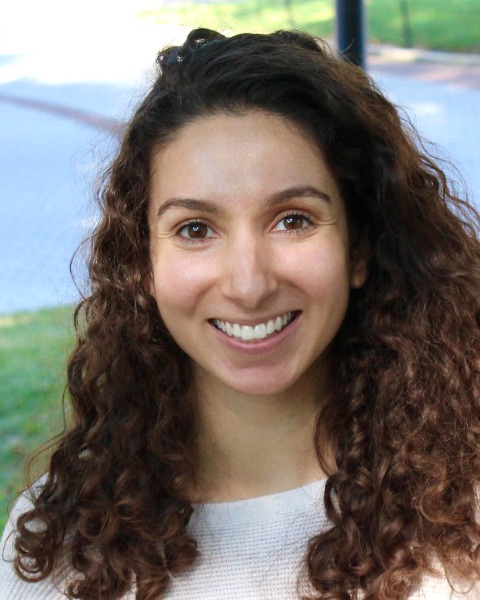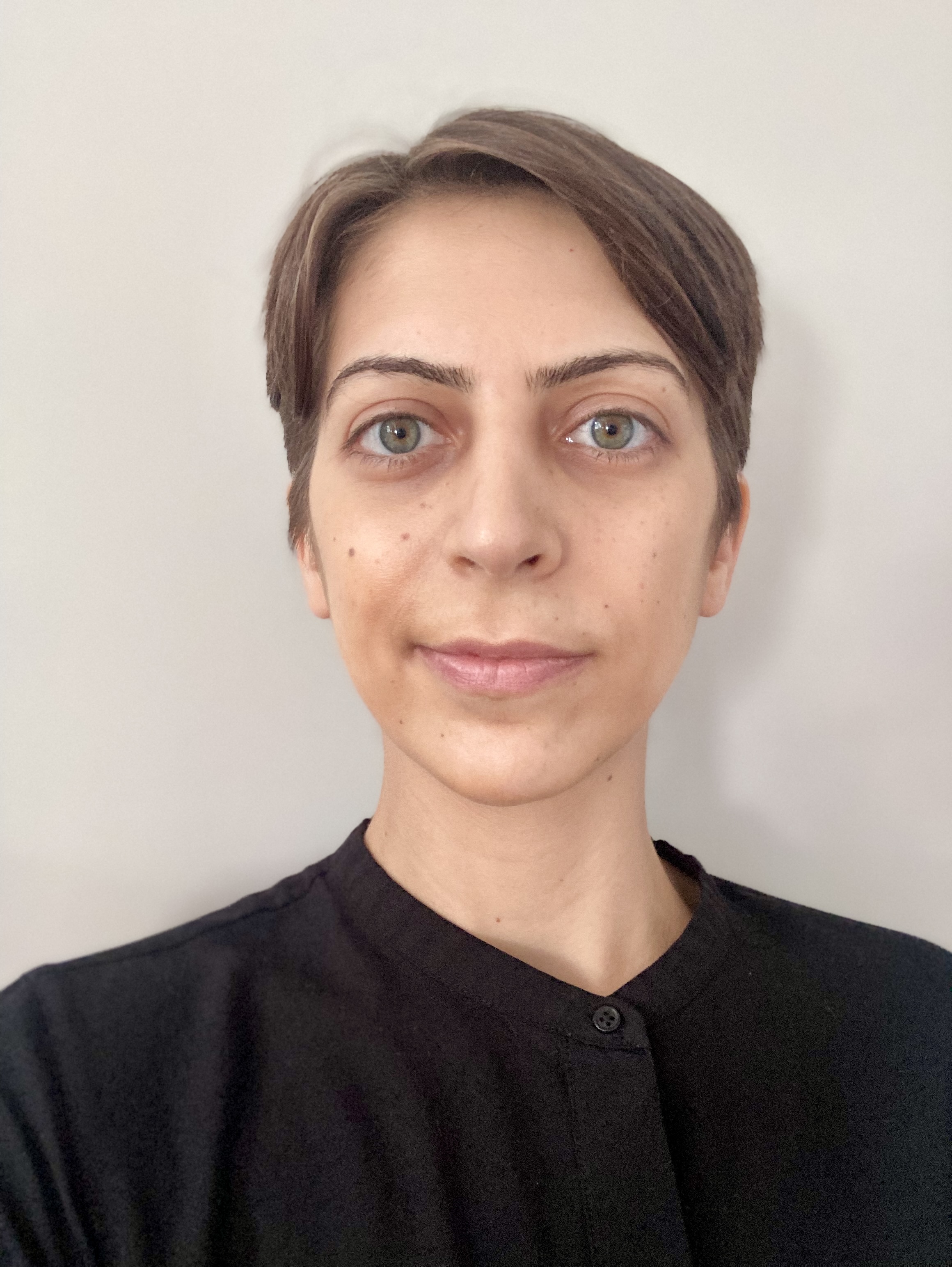Symposia
Dissemination & Implementation Science
4 - (SYM 108) Gaps in the Public Mental Healthcare Service Landscape: A Qualitative Examination of New York Public Mental Health Therapists
- MK
Madeline Kiefer, B.A., M.A. (she/her/hers)
Research Support Specialist
Stony Brook University
Warrington, Pennsylvania, United States 
Rebecca Mirhashem, M.A. (she/her/hers)
Graduate Student - Clinical Psychology PhD Program
Stony Brook University
Sound Beach, New York, United States- DA
Danielle R. Adams, PhD
Postdoctoral Fellow
University of Washington, St. Louis
St. Louis, Missouri, United States 
Briana S. Last, Ph.D. (they/them/theirs)
Inclusion, Diversity, Equity, and Access Fellow
Stony Brook University
Stony Brook, New York, United States
Speaker(s)
Co-author(s)
Background: In the past few decades, New York’s public mental health system’s capacity has significantly decreased. Since 2014, the state has closed one-fifth of its inpatient psychiatric beds. Though outpatient services have expanded somewhat, these programs were never adequately funded and face significant capacity constraints. We interviewed New York City public mental therapists to understand their perspectives on whether the public mental health infrastructure is meeting the needs of under-resourced populations. Method: Therapists were recruited through criterion-based snowball sampling. Thirty-one therapists participated in semi-structured interviews, which were analyzed using thematic analysis. Results: Therapists (n = 31) were from all five boroughs of New York City and primarily worked in outpatient mental health clinics (n = 15, 48.4%) and public hospitals (n = 9, 29.0%). Most therapists were social workers (n = 25, 80.6%) and had, on average, 5.3 years of experience. They primarily identified as women (n = 26, 83.9%) and as White (n = 22, 71.0%), though the sample was racially and ethnically diverse—3.2% were American Indian or Alaska Native, 16.1% Asian, 19.4% Black, and 16.1% Hispanic/Latinx. First, therapists most frequently described seeing clinically severe patients in need of a higher level of care or more specialized care than their clinics are equipped to offer. Second, therapists described that their patients often experience socially determined stressors that negatively impact their well-being (e.g., poverty, housing, and food insecurity), and that these patients need additional social service support to complement their treatment. Third, therapists frequently described their underfunded clinics as experiencing high demands and stress, which leads therapists to fill in the gaps of the system. Despite filling in the gaps, therapists expressed that their patients still do not receive the time and services they need. Finally, therapists described seeing some patients for long durations of time (e.g., for several years) and that a subset of these patients would benefit from alternative mental health supports (e.g., peer or social support, lower-intensity care). Conclusions: Our study identified several infrastructural problems in the mental health system serving New York’s under-resourced population. The system is not meeting the complex mental health needs of patients. Future research and policy must identify strategies to strengthen the system’s infrastructure and fill in the system’s significant gaps.

.png)
